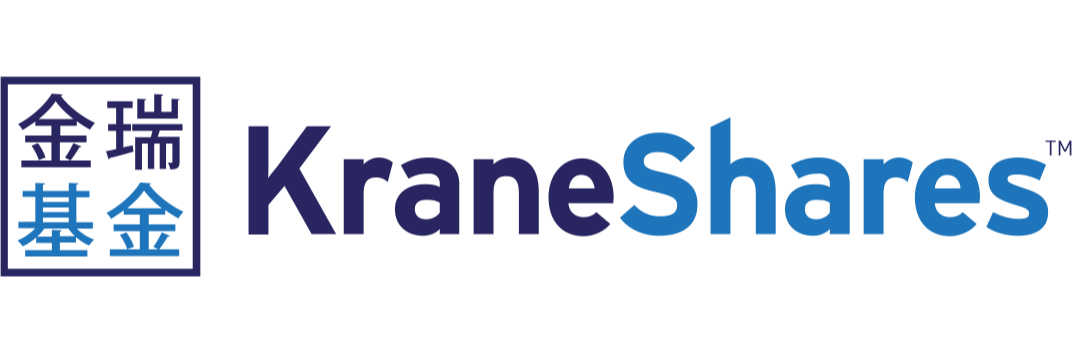Enjoying a spell of unprecedented popularity despite the turmoil in China’s equity market is ETF Stream’s ETF of the month, the KraneShares CSI China Internet UCITS ETF (KWEB).
KWEB has seen $349m inflows over the past three months, as at 30 September, representing a significant portion of its $526m total assets under management (AUM) gathered since its launch in November 2018.
The same trend has unfolded with even more dramatic effect over the pond, with the US-listed version attracting $4.3bn inflows over the same period, taking its AUM to $6.9bn, according to data from ETFLogic.
The inflows come amid a period of significant underperformance for the ETF. It has returned -41.7% over the past six months owing to the ongoing crackdown by the Chinese Communist Party (CCP) on the country’s software giants, including Alibaba, Tencent, Baidu, Pinduoduo, Didi, Meituan and others.
Other products such as the HSBC Hang Seng Tech UCITS ETF (HSTE) and EMQQ Emerging Markets Internet & Ecommerce UCITS ETF (EMQQ) have also fallen between 25% and 30% over the last half year, but those decreases are still comfortably above the sharp correction experienced by KWEB.
At this point, the central investment case for China tech equities is valuations. Both the Nasdaq Golden Dragon and Hang Seng TECH benchmarks dropped between their summer 2017 levels in recent weeks. Likewise, the price-earnings ratio of the CSI China Overseas Internet index plummeted from 38x to 15x in the six months to August, well shy of its five-year average of 24x.
Not only are the country’s software giants trading well under historical highs, but their user base is continuing to grow. The number of mobile internet users in China rose by 85 million over the past 12 months to August versus five million during the same period in the US.
Similarly, only 42% of Chinese citizens over the age of 60 are currently regular internet users – these data show there is both a growth and value case for Sino tech ETFs.
However, investors would do well to remember the underlying cause of the current discounts. Almost a year since the first of more than 50 regulatory interventions by the CCP, the country’s largest tech companies are having their dominant stakes in their respective fields challenged, prompting two participants – Tencent and Alibaba – to make separate $15bn social aid donations in an effort to garner state favour.
Offering some words of comfort, Xiaolin Chen, head of international at KraneShares, told ETF Stream the current regulatory crackdown is an extension of the government’s commitment to delivering long-term prosperity.
In fact, Chen highlighted a past CCP regulatory offensive on the medical and pharmaceuticals sectors, which saw the MSCI China Healthcare index fall 35% in eight months, only to jump 104% over the subsequent 30 months.
While Chen believes tech subsectors such as AI and robotics, 5G infrastructure, semiconductors and green technologies will benefit from the CCP’s most recent five-year plan, the scale of the Chinese market is not a proxy for implied stability, as evidenced by the structural shortcomings underpinning the Evergrande debacle.
This article first appeared in ETF Insider, ETF Stream's new monthly ETF magazine for professional investors in Europe. To access the full issue, click here.






